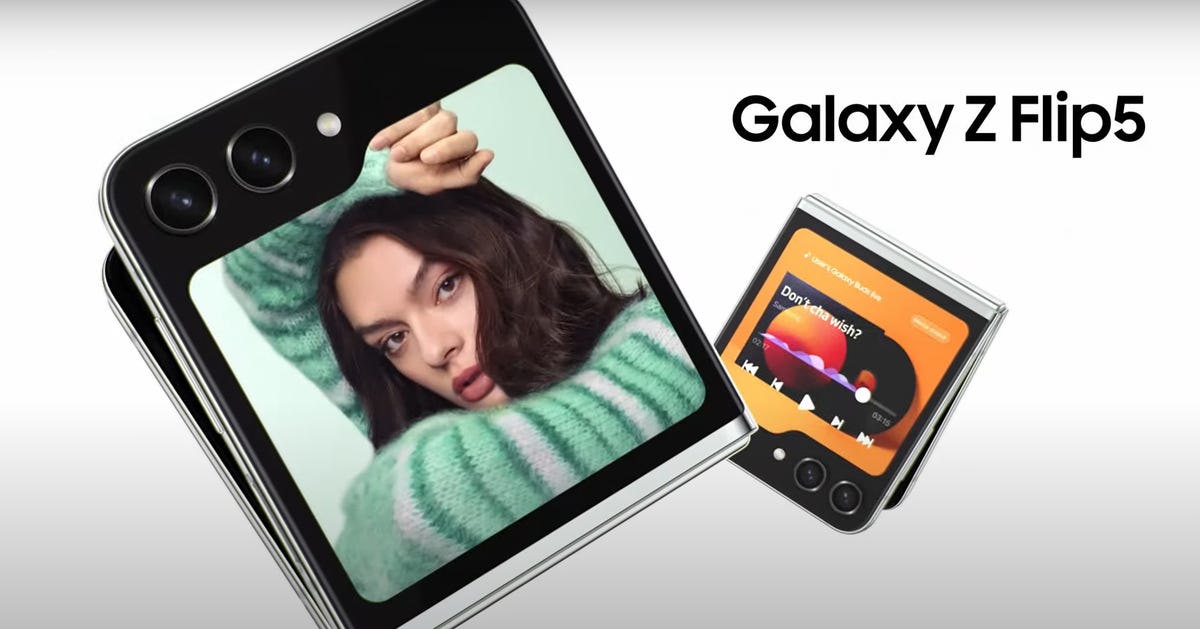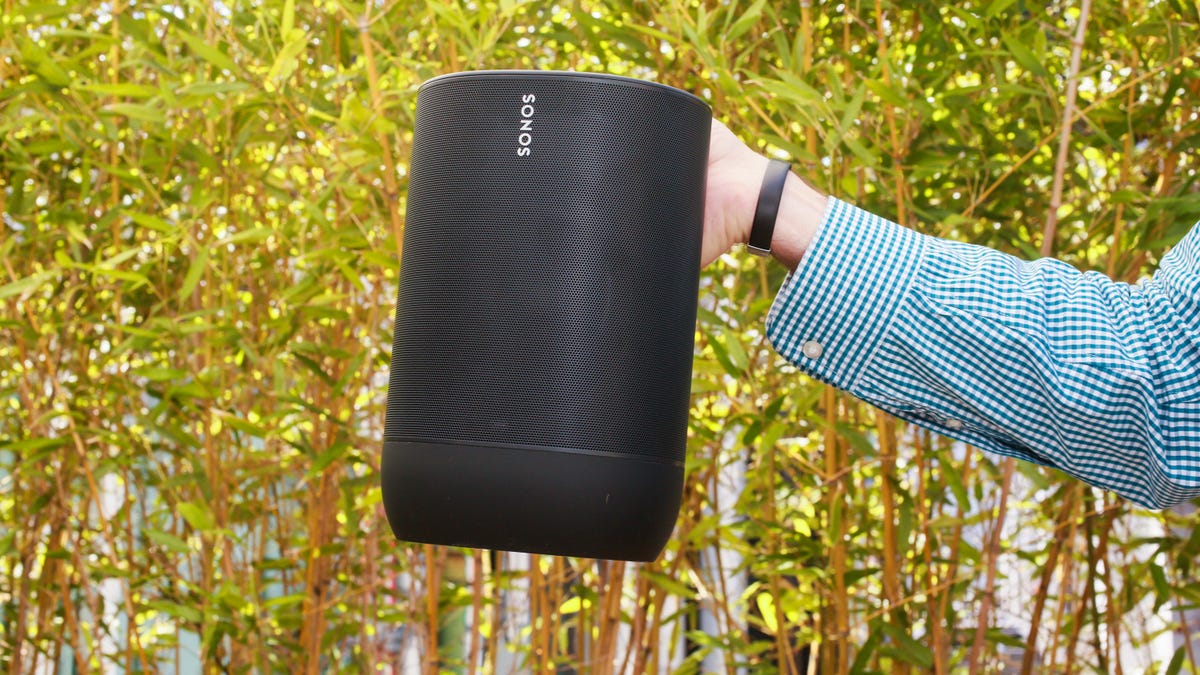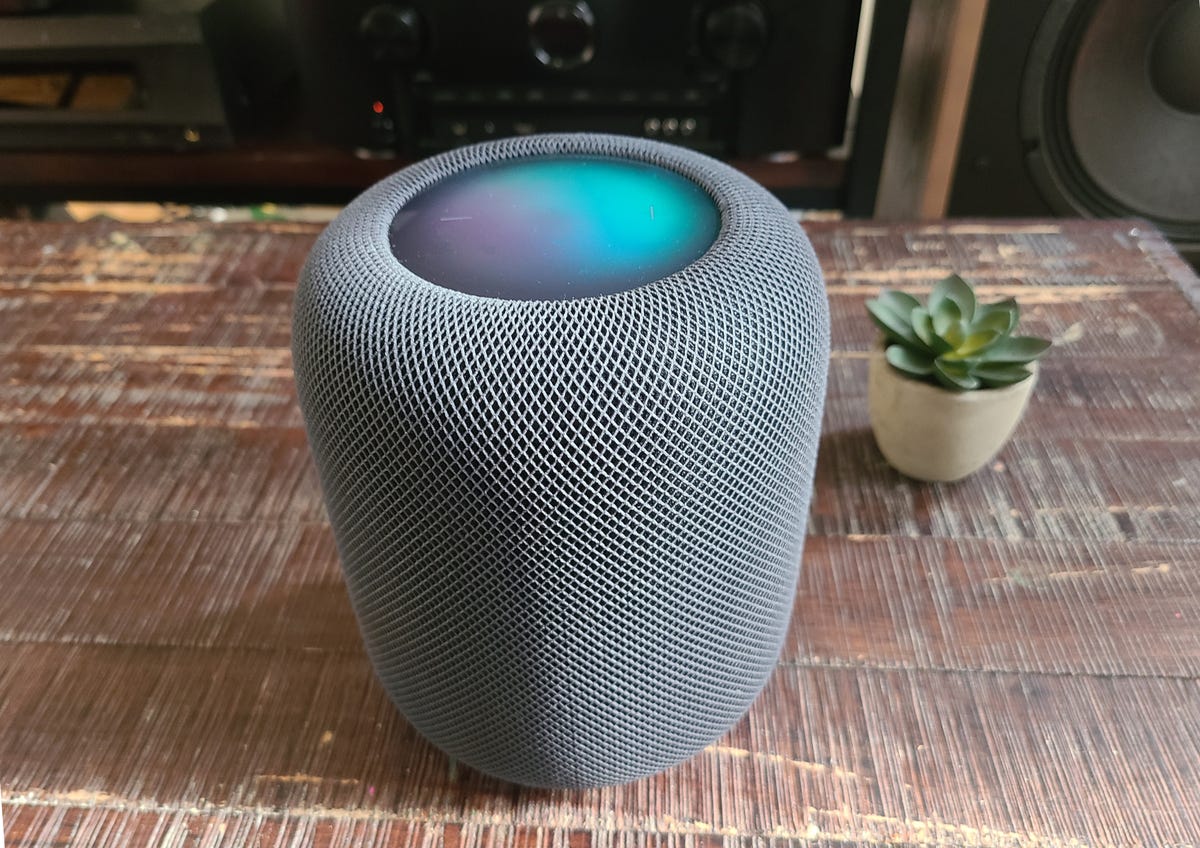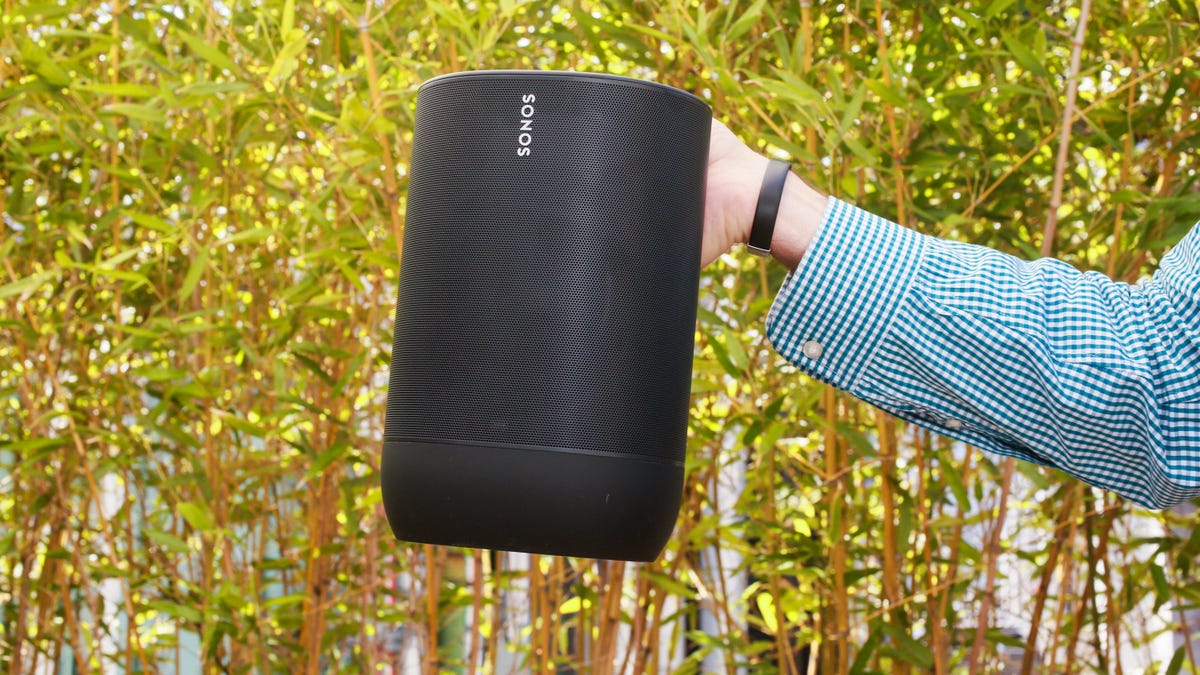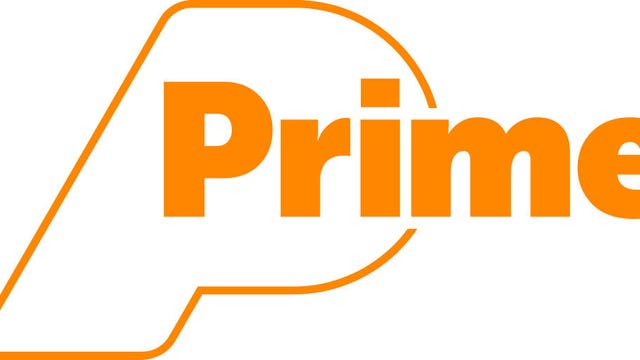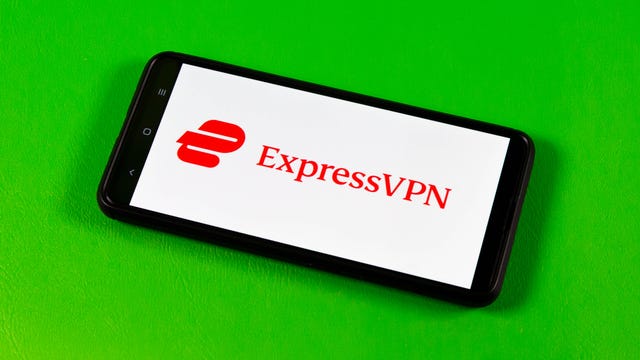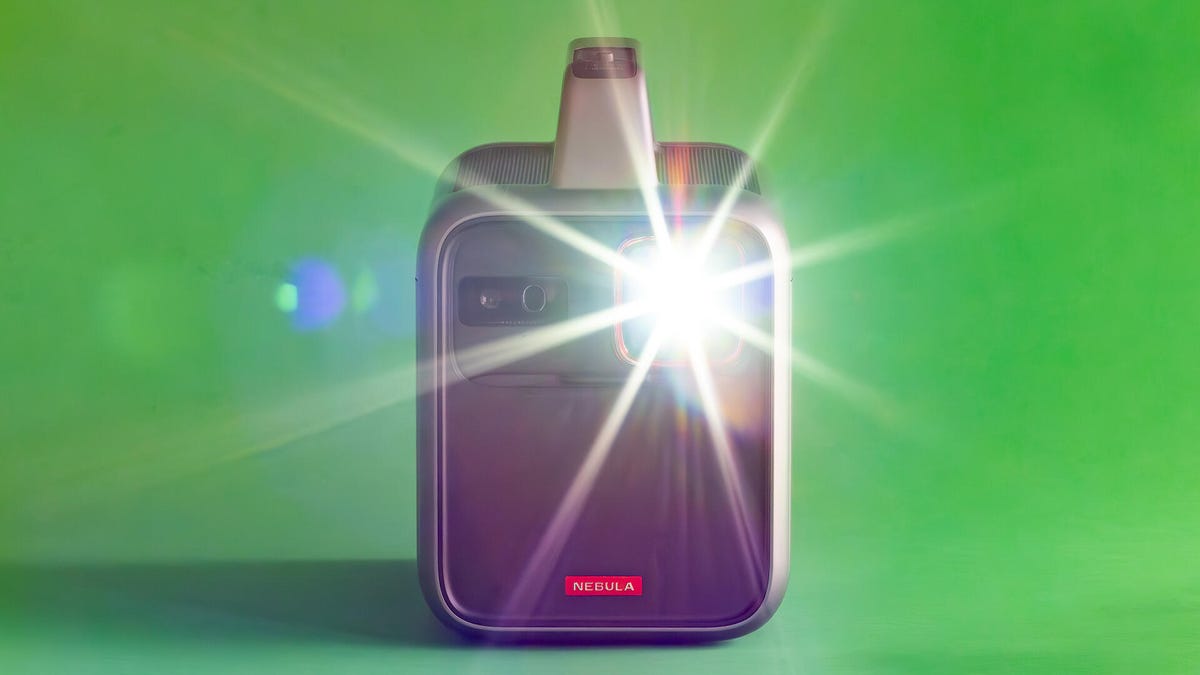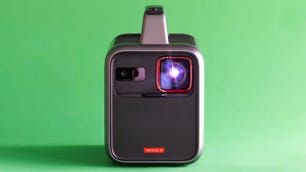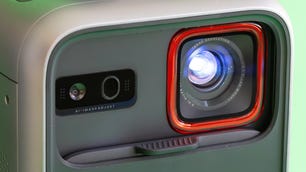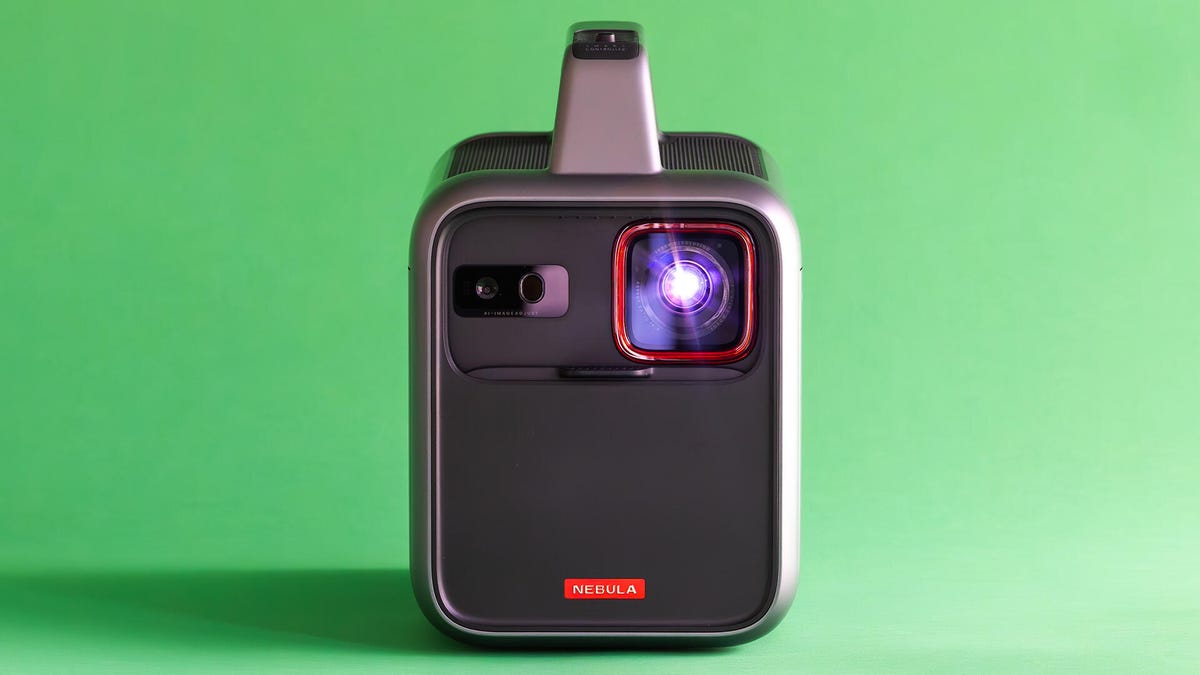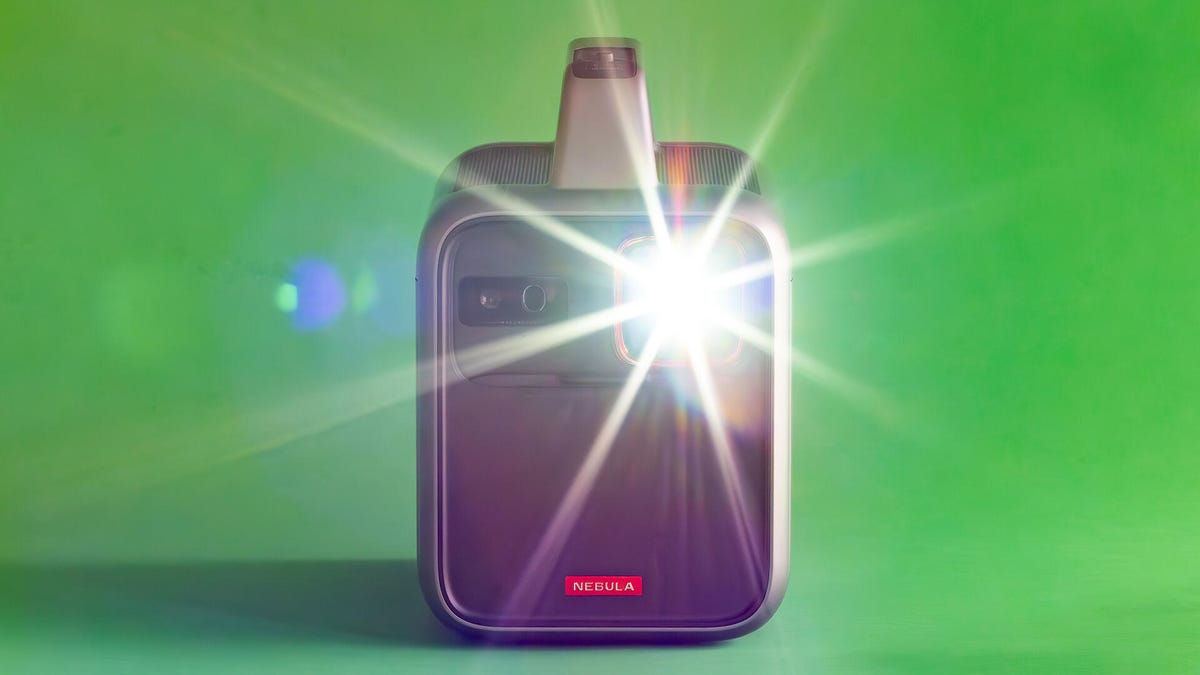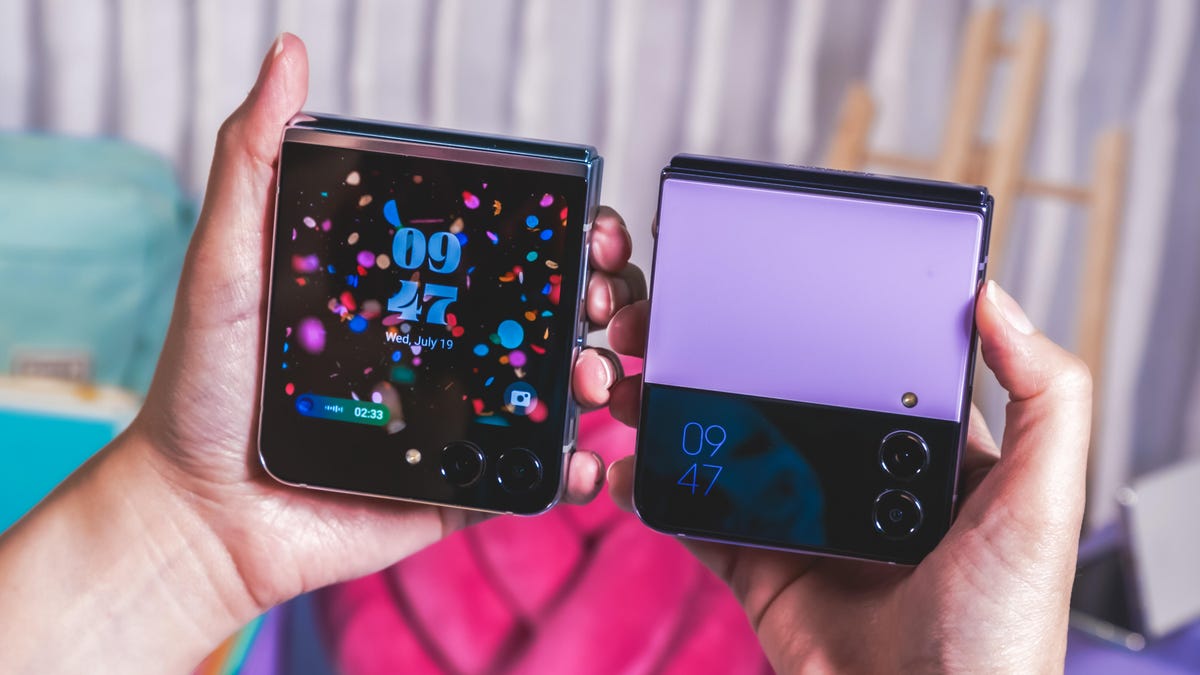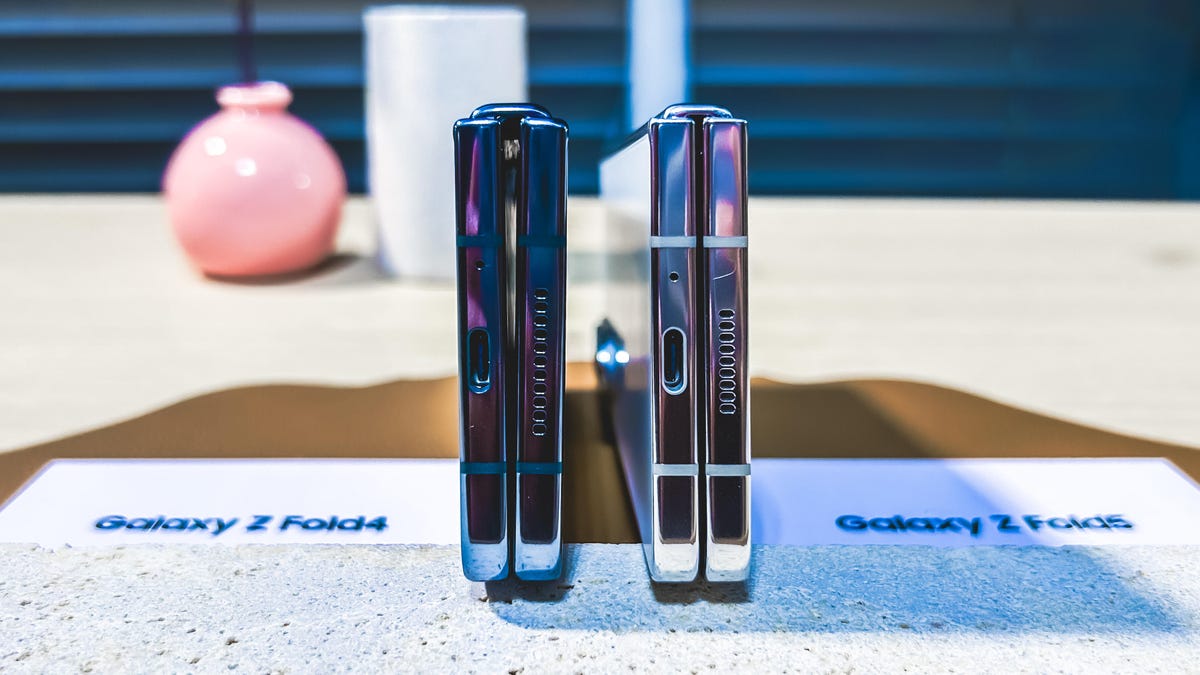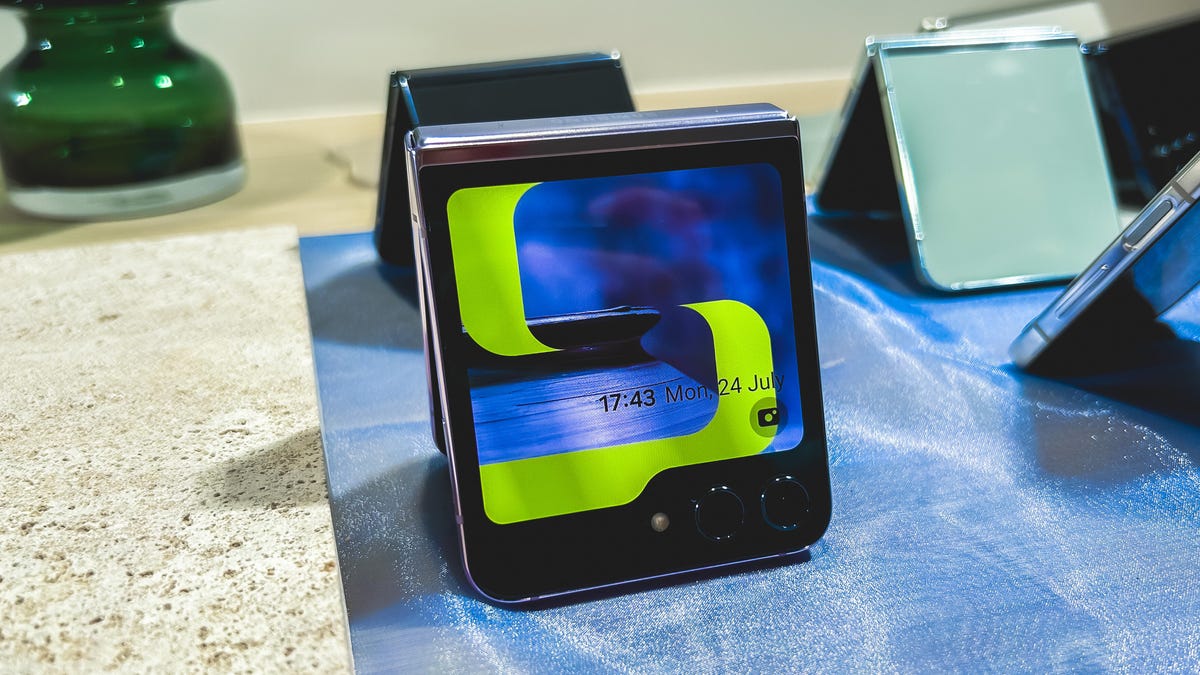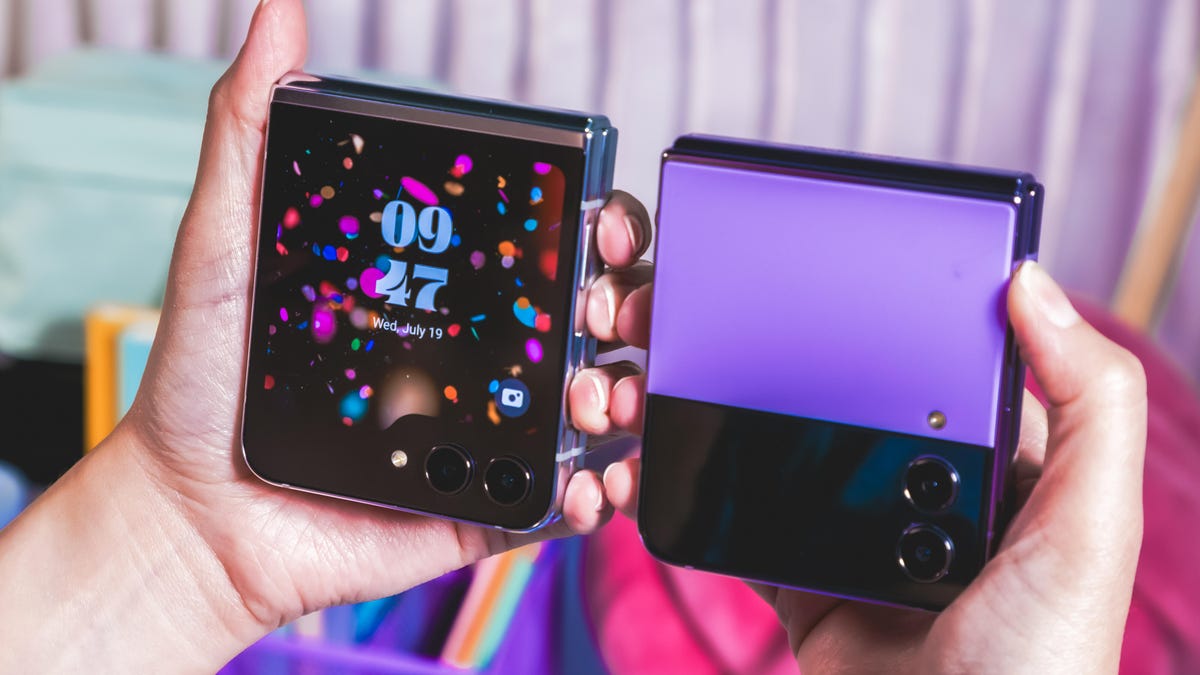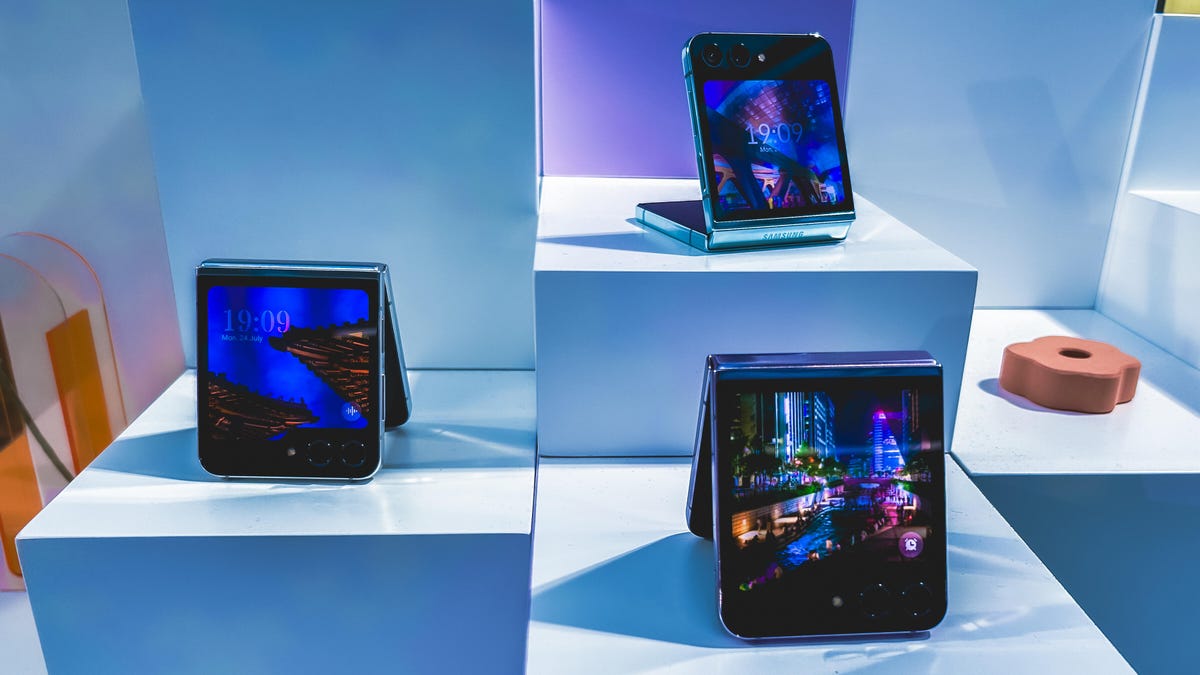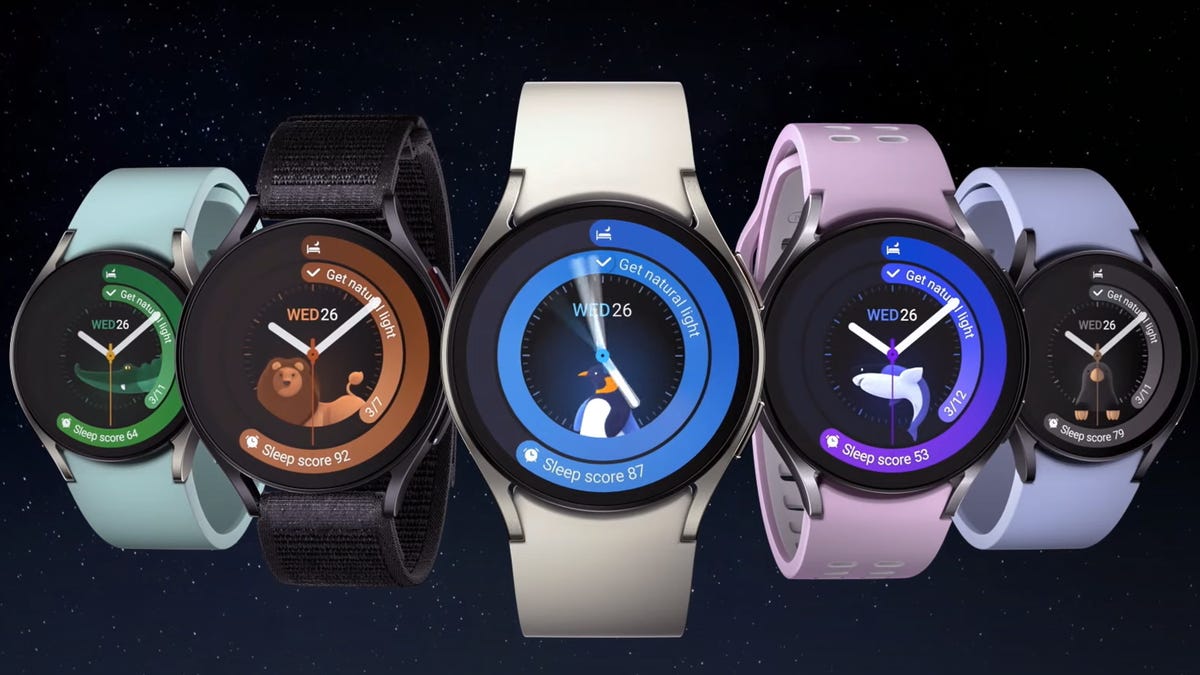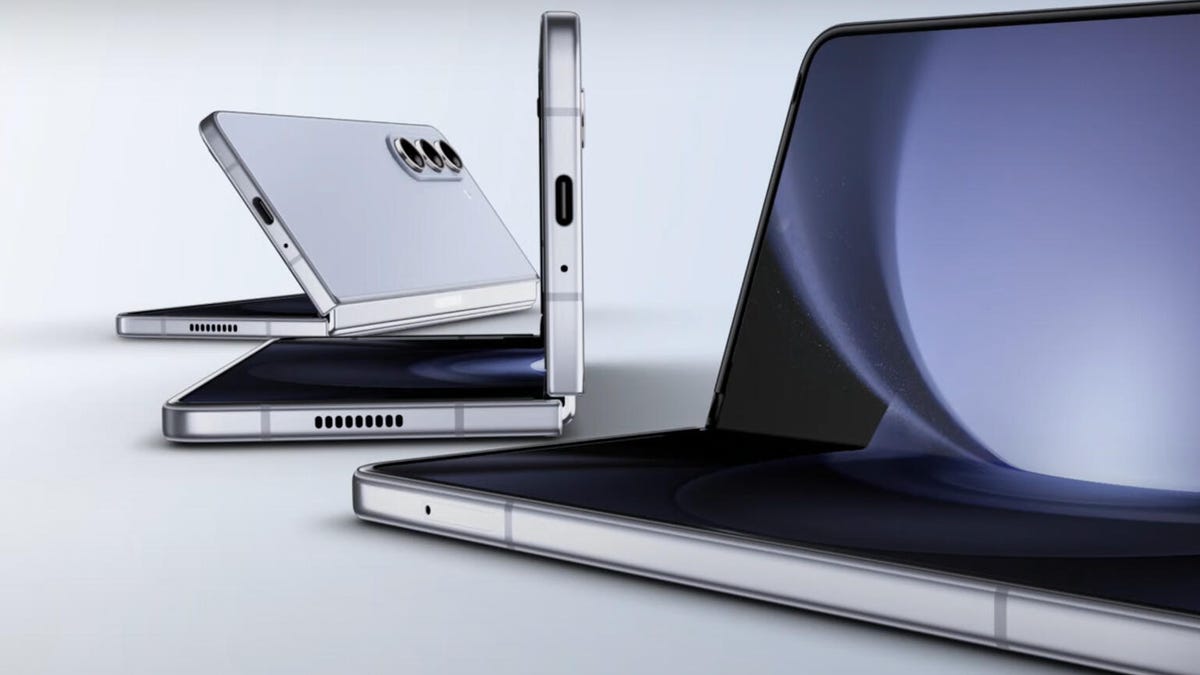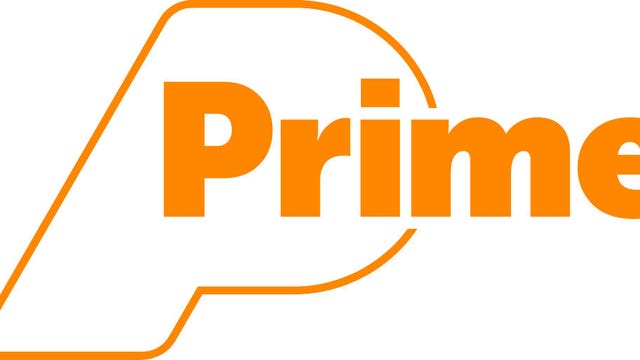The Anker Nebula Mars 3 updates and improves on one of our favorite portable projectors, the Mars II Pro. It might as well have just renamed it, because it bears very little resemblance to its predecessor. The Mars 3 is bigger, brighter and has a serious (and seriously cool) design — plus it has Android TV 11 built in. There are LED lights galore, making it far more impressive to look at than a typical projector.
To go along with 1080p resolution and a claimed 1,000 lumens, there’s a 185-Wh battery which Anker says will give you around 5 hours of playtime in Eco mode. It can even double as a Bluetooth speaker.
Unfortunately, along with all the improved aesthetics and performance comes a corresponding price hike, and it’s significant — that is, it’s double. At $1,100 this puts the Mars 3 in direct competition with home projectors like the BenQ HT2060 and Epson HC2350. These don’t have a battery, but they do offer better performance. That doesn’t make the Mars 3 any less intriguing, however. Let’s have a look.
The Slick Lines and Many LEDs of the Anker Nebula Mars 3
See all photos
Lots of LEDs
- Resolution: 1,920×1,080 pixels
- HDR-compatible: Yes
- 4K-compatible: Yes
- 3D-compatible: No
- Lumens spec: 1,000
- Zoom: None
- Lens shift: None
- LED life: 25,000 hours
There are so many LEDs all over this thing it looks like a prop from Tron. That’s a good thing in my book. The back of the handle has a segmented circle that shows battery level, there’s a light bar on the back that can shed some illumination on a camp table, and, during bootup, there’s a red ring around the lens. The buttons on the top are backlit too.
Not accidentally, I’m sure, the Mars 3 has a strong familial resemblance to the Cosmos Laser 4K, for instance: Both have big, sturdy handles as an integral part of their design. The Mars 3 goes one step further by adding buttons and a joystick on top. I thought maybe I could trap ghosts with it but it turns out this resemblance is merely coincidental. Given how heavy the projector is (nearly 10 pounds), the handle is a good idea.
A claimed 1,000 ANSI lumens is a big jump from its predecessor, which had a light output somewhere around “OK.” I measured approximately 549 lumens in its most accurate mode, which is decent for a portable projector, but about half what you can get from other ~$1,000 projectors. In the less accurate Bright mode, I got 984 lumens, which is impressively close to the spec. However, it is visually quite green. That light is coming from LEDs, which Anker rates as having a lifespan of 25,000 hours. So basically the life of the projector.
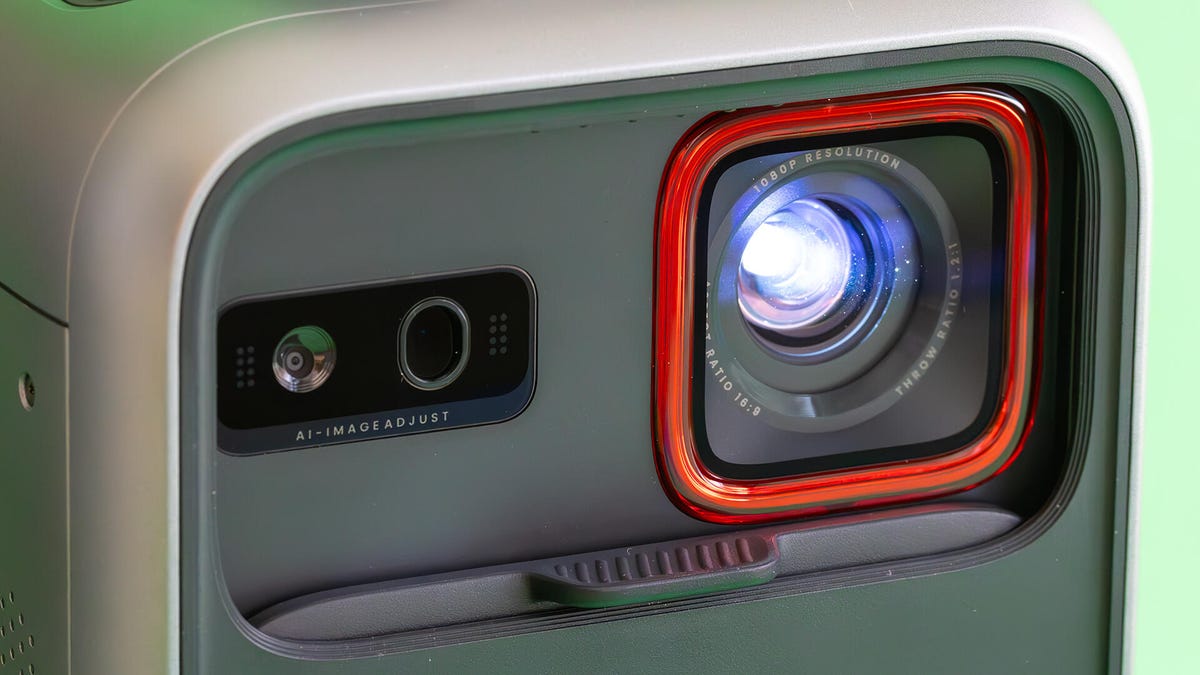
There is no lens shift, which isn’t a surprise, and no zoom, which is. Few projectors in this price range have lens shift, but the lack of zoom means there’s exactly one place you can put the projector to fit a specific screen size. To fill a 100-inch screen, for example, it has to be 9.22 feet away. Like many recent projectors, the Mars 3 has automatic focus, which works well enough. It also has automatic keystone adjustment, which thankfully you can disable, as it is always bad in my experience.
One holdover from the Mars II Pro that I do like is the lens cover, which doubles as a power switch. Slide open the cover, the projector turns on. Slide it closed, it turns off. Simple and effective.
It’s got a handle!
- HDMI inputs: 1
- USB port: 1
- Audio input: 3.5mm
- Internet: 2.4GHz/5GHz
- Remote: Not backlit
With a HDMI and a USB for power, you can connect a streaming stick if you don’t want to use the Mars 3’s built-in apps. You might want to do this, as I’ll explain in a moment. Additionally, not only can you use the projector as a Bluetooth speaker, but there’s an analog aux-in if you want to connect an analog source.
On the back and sides are three drivers that share 40 watts of power. That’s a fair amount more than most projectors. There’s a surprising amount of bass, and the treble is quite clear. It’s one of the better “Bluetooth speakers” I’ve heard. It can play pretty loud, too, though it struggles a bit and overly accentuates highs at max volume.
Only in the Custom picture mode are there any basic settings. There is still no brightness control, i.e. the control to adjust the black level. This is something inexplicably missing on several recent projectors like this. There is contrast and a gamma control at least, so you can adjust the image to some degree. To be clear, there is a Brightness control, but it controls the total light output and not the black level. In Anker’s defense, that is a far better use of the word “brightness” for an image adjustment, but not having the traditional control at all is disappointing. You can turn off MEMC, aka the soap opera effect, thankfully.

Despite the price tag, installing Netflix takes some extra steps, just as it does on many budget projectors. You can’t download it from the Google Play Store. Instead, you have to download it via the Nebula Play app. Unfortunately, it’s the mobile version of the Netflix app, which means it’s not designed to work with a remote. Your best alternative is to use the Nebula app’s trackpad. You can’t cast a Netflix show from your phone to the projector either. It’s also standard definition only. This is an annoyance in a budget portable projector, but in a product with an $1,100 MSRP, it’s pretty much inexcusable. I’m sure there are valid reasons for it, but to the end user, those don’t matter. Perhaps most infuriating, if you exit out of Netflix it continues playing in a window and there doesn’t seem to be any way to stop it playing other than restarting the projector. Adding your own streaming stick will obviously curtail this problem.
Picture quality comparisons
I’d initially thought I’d compare the Mars 3 to the Mars II Pro. Seemed logical, until I looked at the price. So I skipped that. The Mars 3 performs way better than the II Pro, no surprise there. Instead, I compared it to two of our favorite recent projectors. The BenQ HT2060 is basically the same price as the Mars 3 while the Epson HC 2350 is about $100 more expensive. I connected all of them to a Monoprice 1×4 distribution amplifier and viewed them side-by-side on a 102-inch 1.0-gain screen.
The differences were readily apparent. The contrast on the BenQ is noticeably better, 1,380:1 vs the Epson’s 348 and Anker’s 258. The BenQ looks like it has more depth than the other two, which looked fairly washed out by comparison. Black letterbox bars were more gray with the Anker and Epson, and especially so in the latter’s case, due to its bright image.
The Epson’s brightness is in a league of its own, one of the brightest projectors I’ve ever tested and easily its main strength. The BenQ is half as bright, while the Anker is a little more than half again. As such, it looked dim. It also means you can create a much larger, more watchable image with the Epson, even the BenQ, compared to the Anker. Though, of course, you’ll need to run an extension cord with the first two if using it outside.
The Anker has some strong colors, though it’s not as accurate as the other two. Green and red are a little oversaturated, and secondary colors like magenta and cyan are a little off. On its own, the Anker looks colorful, but the others just look a little more realistic.
The detail is good, though. The Mars 3 uses a DLP chip, like the BenQ, so it’s extremely sharp and has no motion blur.
Where does this leave us? Well, I think the BenQ is best for videophiles and film purists. It’s the most natural by far. Someone looking for the biggest, brightest image possible, while still having decent color and resolution should go for the Epson. The Anker is best for people who absolutely need a battery. If you’re going to use this near a plug, the other two are far better options.
Movin’ on up
Back in the ’90s, my family loved Volkswagens. We had three at one point. Then that was it. None since. I remember my parents scoffing as VW moved upmarket. “That much? For a Volkswagen?” They’d owned several in the ’70s when they were some of the cheapest cars you could buy. When companies try to shake off their budget roots, they run the risk of losing their current fans, just in the hope for new, more well-heeled ones. Is that Anker’s intention? It sure seems that way with the Mars 3. I loved the Mars II Pro as it had a fantastic size and it was easy to use. While not the best performer, it did well enough and nothing was overly wrong. Compared to the Mars 3, it seems like another company’s product entirely.
The Mars 3 is an impressively polished product. It feels luxurious, has a stellar design, and the myriad LEDs make it look like a spaceship compared to most traditional projectors. The price has inflated with this move upmarket and it’s double the cost of the Mars II Pro. Does it perform twice as well? Pretty much, yes. Does it perform as well as something like the BenQ HT2060 or Epson HC2350? Nope. But it has a battery instead.
Which brings me back to the question I always ask with these expensive, highly portable projectors. Who is this for, exactly? Are there really that many people willing to spend over $1,000 on a projector just because it has a battery? Is it so hard to run an extension cord for outdoor movie nights? If it’s for camping or something far from an outlet, wouldn’t something smaller be better? With the sheer number of projectors like this, I guess I’m missing something. Apparently there’s a market for them. I still think most people would be better off getting a “real” projector, either saving money or getting better, brighter performance. But if you do need that battery for reasons that I can’t see, the Mars 3 is one the best options currently.

